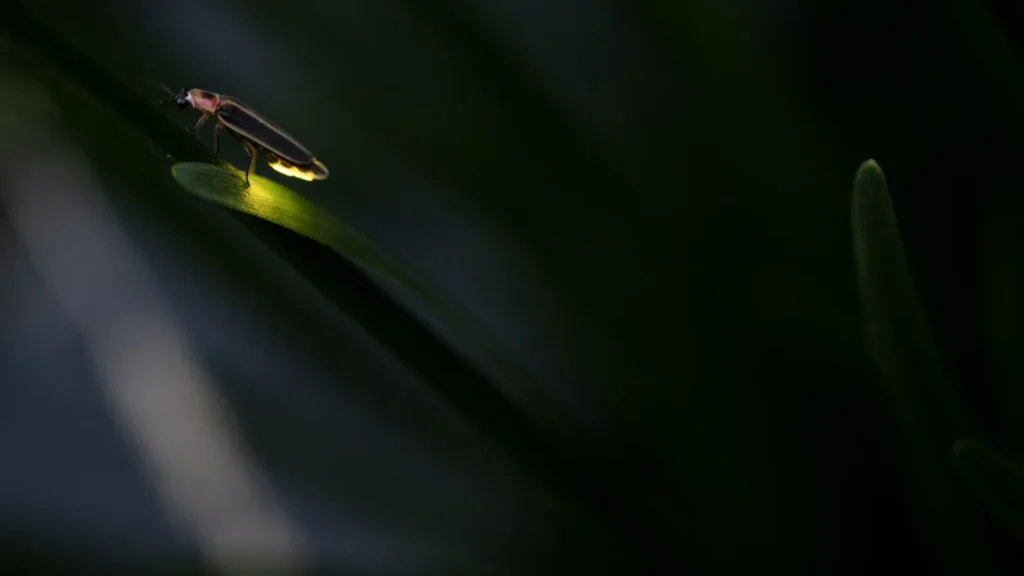
In an era where environmental headlines often lean toward crisis and urgency, a quiet, glowing movement is lighting up the Chesapeake Bay region—literally. Communities across Maryland and neighboring states are rallying to protect the habitats of fireflies, especially the Photuris pennsylvanica, Pennsylvania’s official state insect, whose bioluminescent dance has long enchanted summer nights.
Why Fireflies Matter
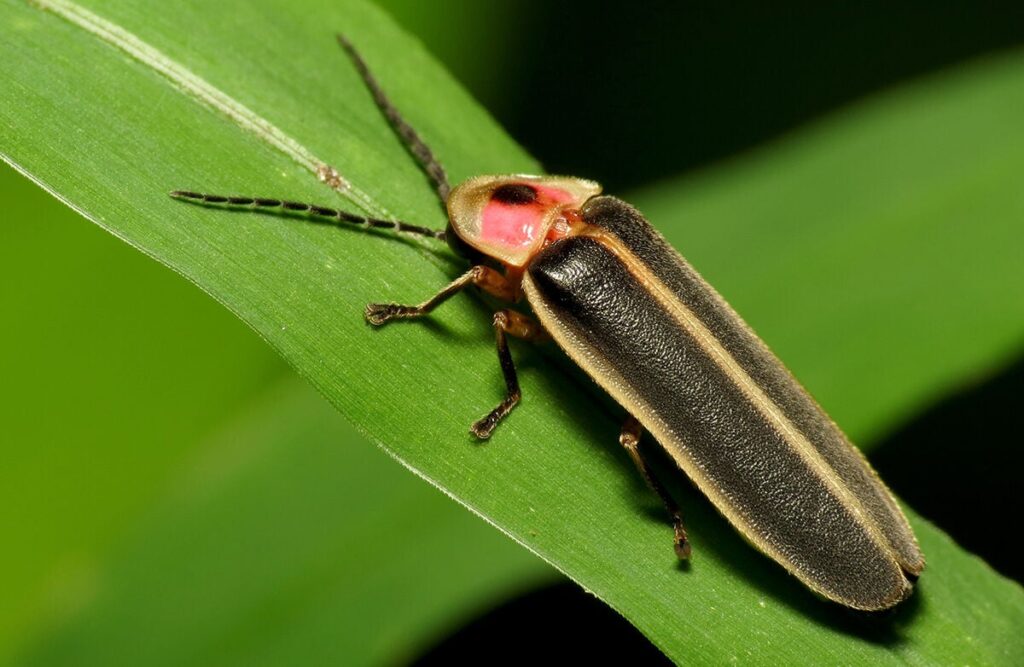
Fireflies, or lightning bugs, are not just whimsical summer companions. They play a vital role in local ecosystems:
- Pollinators: Some species help pollinate plants.
- Pest Control: Firefly larvae feed on snails, slugs, and other garden pests.
- Bioindicators: Their presence signals healthy soil and low light pollution.
Yet, firefly populations are declining due to habitat loss, pesticide use, and excessive artificial lighting.
🌱 Citizen Science in Action: Maryland’s Glowing Effort
In 2025, Maryland residents joined a statewide citizen science initiative to track firefly populations and better understand species distribution. Volunteers are documenting sightings, identifying flash patterns, and contributing data to biodiversity projects like the Maryland Biodiversity Project.
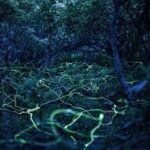
This effort includes:
- Tracking species like Photinus pyralis (common eastern firefly) and Pyractomena ecostata, a rare kneel-necked firefly recently spotted along Maryland’s Eastern Shore.
- Eco-friendly gardening: Residents are encouraged to leave leaf litter, reduce pesticide use, and turn off outdoor lights at night to support firefly habitats.
- Educational outreach: Local organizations are hosting workshops and nature walks to teach families about firefly biology and conservation.
Local Action, Global Inspiration
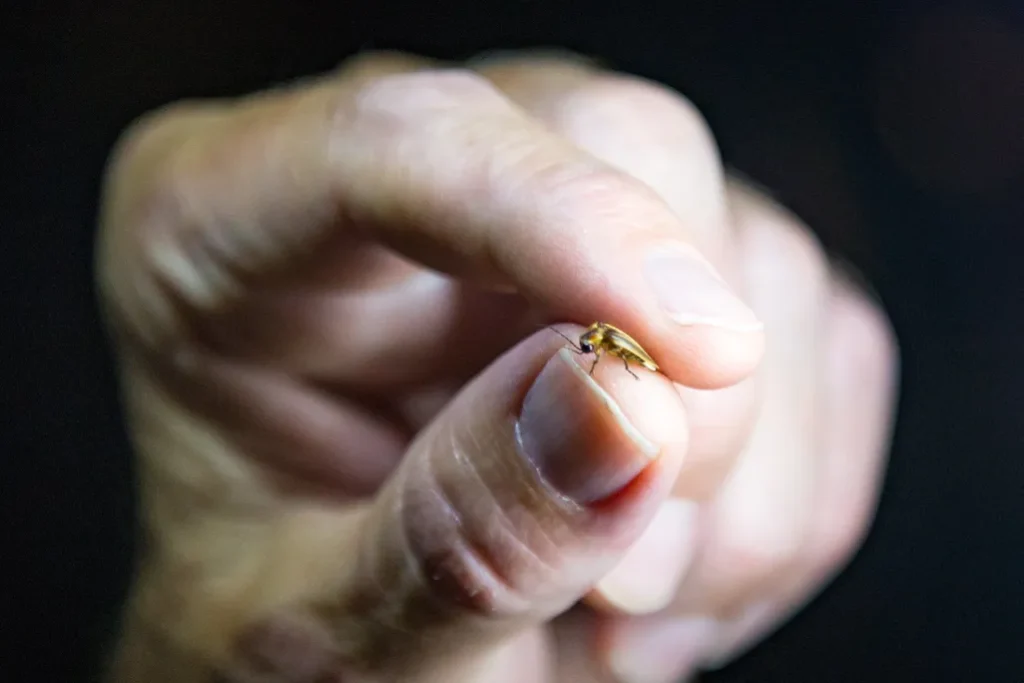
The Chesapeake Bay region is home to over 270 firefly species, many of which are found nowhere else. By protecting these glowing beetles, Maryland communities are preserving biodiversity and setting an example for grassroots environmental stewardship.
This movement shows how small, intentional actions—like dimming porch lights or planting native shrubs—can ripple outward, creating healthier ecosystems and deeper connections between people and nature.
How You Can Help
Whether you’re in Maryland or halfway across the globe, you can support firefly conservation:
- Avoid pesticides and herbicides in your garden.
- Create “wild zones” with native plants and leaf litter.
- Limit outdoor lighting during summer evenings.
- Join local biodiversity projects or start your own firefly log.
This glowing example from Maryland reminds us that environmental change doesn’t always require sweeping legislation or billion-dollar budgets. Sometimes, it begins with a flicker in the dark—and a community willing to protect it.
🧩 Related Articles:
- How the EPA’s First-Ever Enforceable PFAS Drinking Water Limits Aim to Protect 100 Million Americans from Toxic Exposure by 2029: A Major Milestone for Public Health and Environmental Safety
- Canada’s Groundbreaking Carbon Finance Model: Forging a Future of Prosperity and Permanence in Indigenous-Led Forest Conservation
- From Cranberries to Conservation: How Massachusetts is Transforming Declining Bogs into Thriving Wetlands that Protect Wildlife, Clean Water, and Inspire a Greener Future
- Firefly species data from the Maryland Biodiversity Project


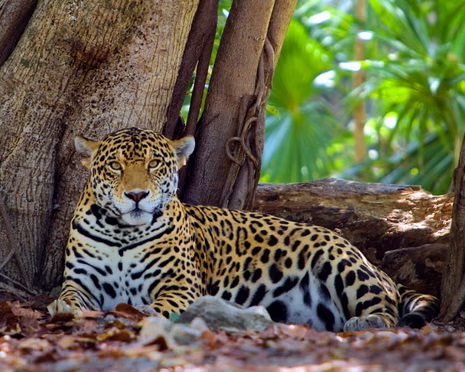
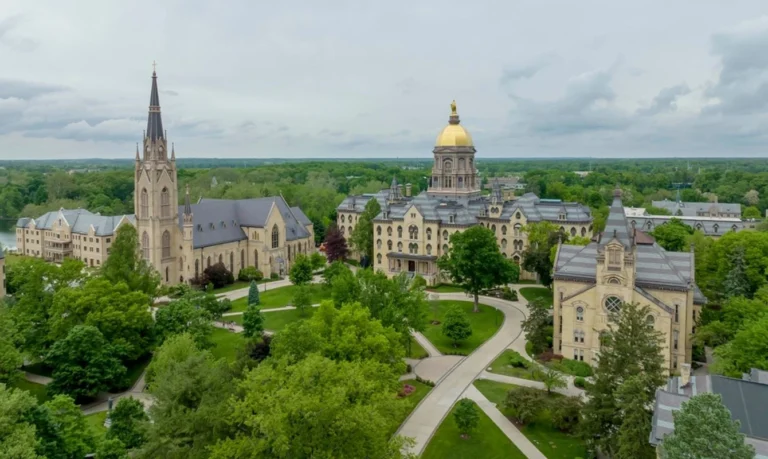
4 thoughts on “Glowing Together: How Maryland Communities Are Reviving Firefly Habitats Across the Chesapeake Bay Watershed to Protect Biodiversity and Inspire Environmental Stewardship in the USA”